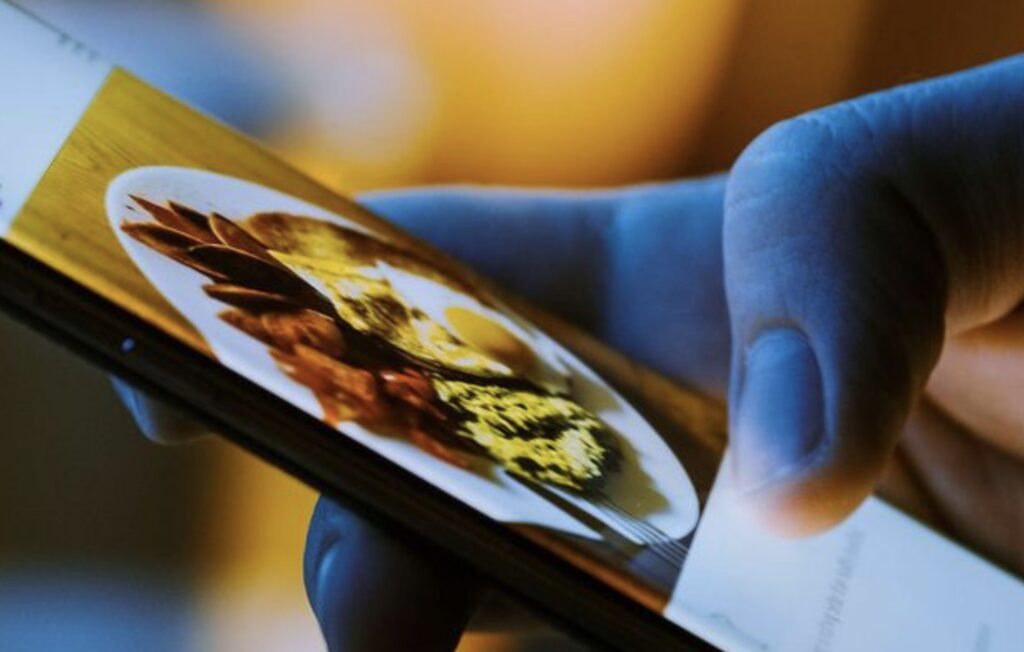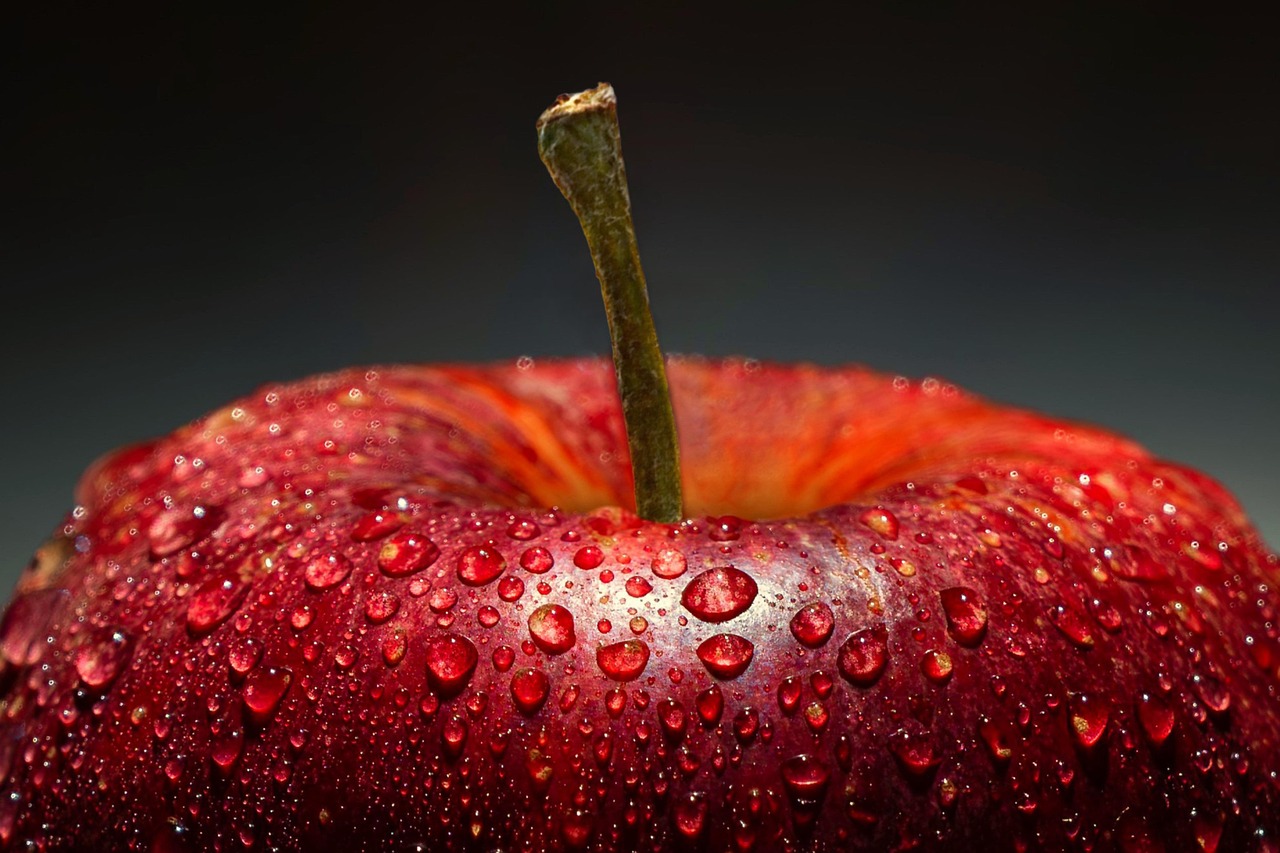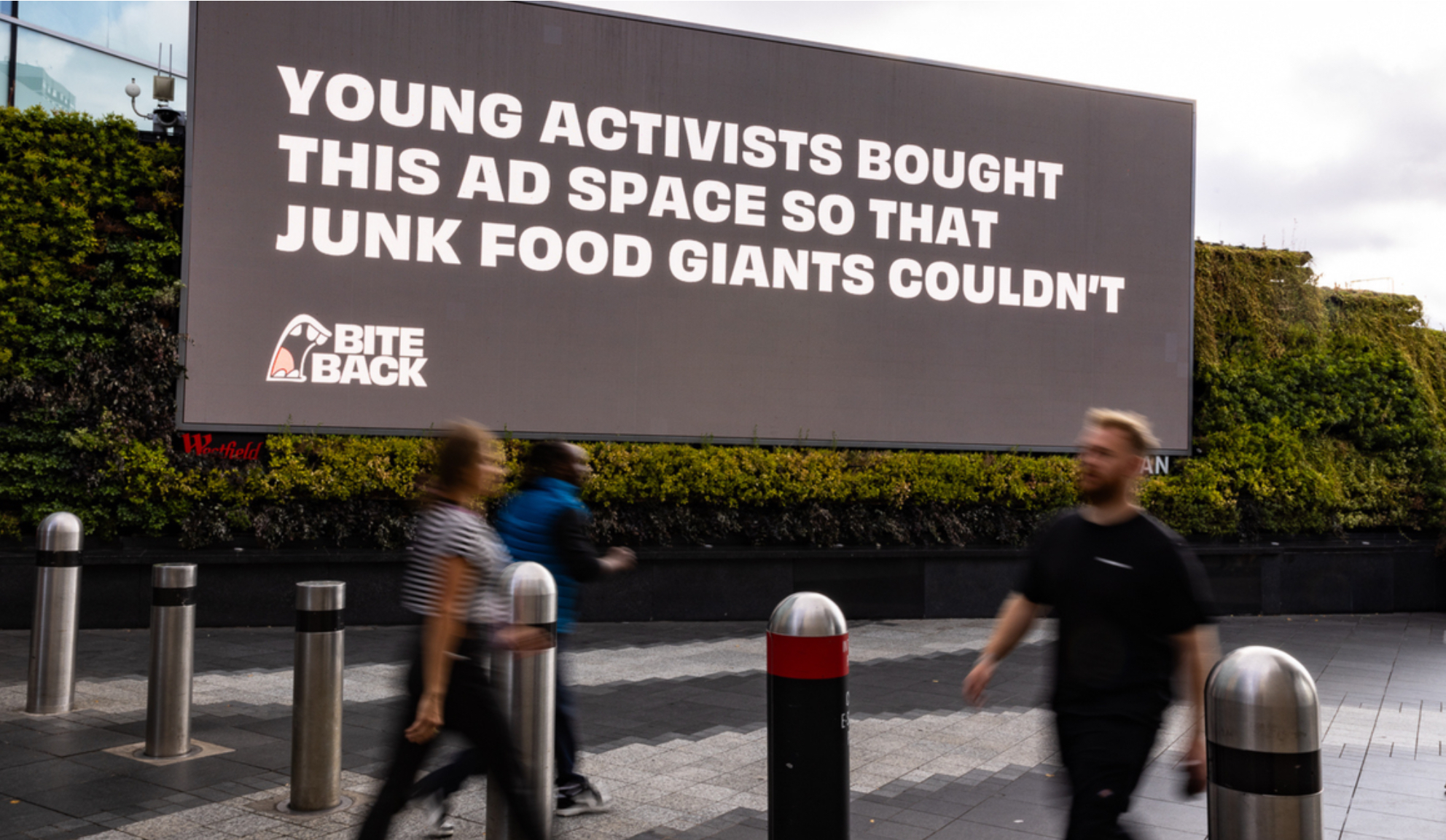Swipe Right for Supper?
Are we truly closer to our food? In our digital world, even something as fundamental as our food is being reimagined through the glow of the smartphone screen. Gen Z, a generation that’s never known a world without the internet, is supposedly forging a new connection with local produce – not just through market stalls, but via the sleek interface of their mobiles.
Insta-Harvest: Real Connection or Just Good Content?
We hear of Instagram accounts celebrating the charm of a local harvest, of TikTok videos demystifying the journey from seed to plate, of apps that promise farm-fresh deliveries with a single click. A direct line to the source, a bypassing of the often industrialised mainstream food system. This digital discovery is echoed in this research suggesting that a high percentage of 18-24 year olds actively use social media platforms like Instagram and TikTok to discover new food providers.
But let’s pause: does this digital habit deepen our food appreciation, or just mediate it further? Are we connecting with land and labour, or simply curating a social media aesthetic?
Beyond the Filter: What about the Farmer?
Consider the farmer, working in the unpredictable British weather, facing daily challenges. Is their story truly being told through a fleeting Instagram reel, or are we simply consuming a romanticised snapshot? Does the convenience of an online marketplace truly create a sense of reciprocal support, or does it risk reducing the relationship to a purely transactional one, albeit with a more artisanal flavour?

Digital Divide: Food for All Online
And what about the digital divide? While a significant portion of Gen Z is digitally fluent, access isn’t universal. Indeed, reports from Ofcom on digital inclusion in the UK underscore the fact that digital literacy and broadband access still vary across different socio-economic groups. This raises questions about equitable access to this digitally-driven local food movement.
Tech Tools: Bridge or Barrier?
There’s undeniable potential here, of course. Technology can, and does, offer valuable tools for transparency, for education, for building bridges. Organisations like Open Food Network UK is exploring how digital platforms can enhance supply chain transparency and connect consumers directly with producers. But the crucial question remains: are we using these tools to develop genuine connection, or are we just creating a new form of distance, one where the tangible reality of food production is replaced by the curated glow of a screen?
More Than Pixels: Real Roots Matter
The answer, perhaps, isn’t in the technology itself, but in how we choose to engage with it. Are we simply seeking convenience, or are we actively seeking understanding? Are we just consuming content, or are we engaging in a meaningful dialogue with those who keep us fed?
While the digital food frontier offers exciting possibilities, let’s not forget that food is more than data—it’s life, rooted in the earth and human labour. True connection to our food needs more than just a Wi-Fi signal.





